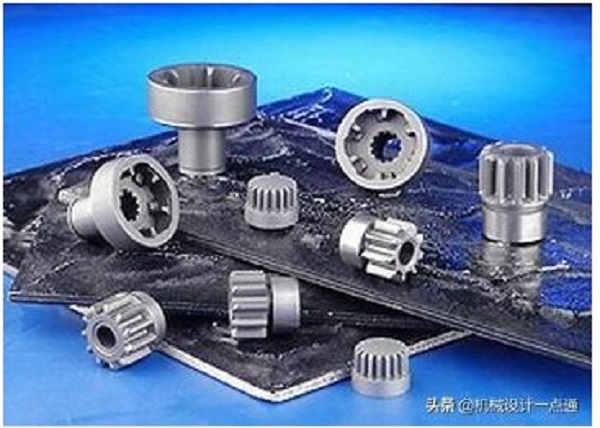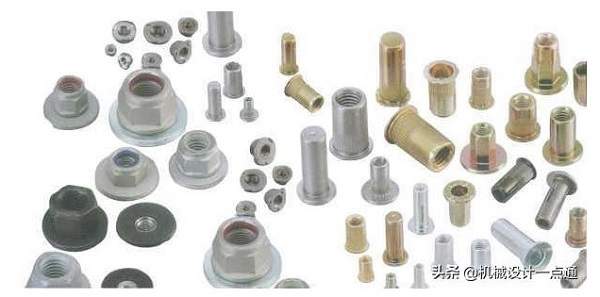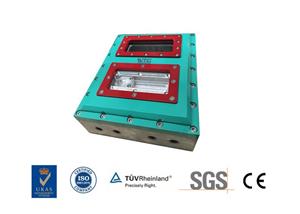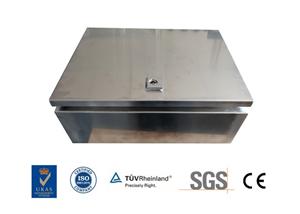Difference between cold heading and cold extrusion process?
What is cold extrusion?
Cold extrusion is a processing method in which a metal blank is placed in a cold extrusion die cavity, and a pressure is applied to the blank through a convex die fixed on a press at room temperature to plastically deform the metal blank. Press processing relies on a mold to control metal flow, and a large amount of metal volume to form parts. In terms of extrusion equipment, China has the ability to design and manufacture extrusion presses of various tonnages. In addition to general mechanical presses, hydraulic presses, and cold extrusion machines, friction presses and high-speed, high-energy equipment have also been successfully used for cold extrusion production.
If the blank is extruded without heating, it is called cold extrusion. Cold extrusion is one of the processing technologies for chips without chips and less chips, so it is an advanced process method for plastic processing of gold chips. If the blank is extruded by heating it to a temperature below the recrystallization temperature, it is called warm extrusion. Warm extrusion still has the advantage of being less chip free.
Cold extrusion technology is an advanced production technology with high precision, high efficiency, high quality and low consumption. It is mostly used in large-scale production of small and medium-sized forgings. Compared with hot forging and warm forging processes, it can save material by 30% to 50%, save energy by 40% to 80%, and improve the quality of forgings and improve the working environment.
At present, cold extrusion technology has been widely used in fasteners, machinery, instruments, electrical appliances, light industry, aerospace, marine, military and other industrial sectors, and has become an indispensable important processing method in metal plastic volume forming technology. one. With the advancement of science and technology and the continuous improvement of product technology requirements in the automotive, motorcycle, and home appliance industries, cold extrusion production technology has gradually become the development direction of refined production of small and medium-sized forgings.
Cold extrusion is also divided into forward extrusion, reverse extrusion, compound extrusion, radial extrusion, etc .;
Advantages of cold extrusion process:
(1) Save raw materials. Cold extrusion is the use of plastic deformation of metal to make parts of the desired shape, so it can greatly reduce cutting processing and improve material utilization. The cold extrusion material utilization rate can generally reach more than 80%.
(2) Improve labor productivity. Using cold extrusion instead of cutting to manufacture parts can increase productivity several times, dozens of times, or even hundreds of times.
(3) The product can obtain ideal surface roughness and dimensional accuracy. The precision of parts can reach IT7 ~ IT8, and the surface roughness can reach R0.2 ~ R0.6. Therefore, parts that are processed by cold extrusion are rarely re-cut, and only need to be fine-ground in places with particularly high requirements.
(4) Improve the mechanical properties of parts. The cold working hardening of the metal after cold extrusion and the formation of a reasonable fiber streamline distribution inside the part make the strength of the part much higher than that of the raw material. In addition, a reasonable cold extrusion process can cause compressive stress on the surface of the part to increase fatigue strength. Therefore, some parts that need to be strengthened by heat treatment can be omitted after the cold extrusion process. Some parts originally need to be made of high strength steel. After the cold extrusion process, they can be replaced by lower strength steel.
(5) Machining parts with complex shapes that are difficult to cut. Such as profiled sections, complex internal cavities, internal teeth and internal grooves that are not visible on the surface.
(6) Reduce parts costs. The cold extrusion process has the advantages of saving raw materials, increasing productivity, reducing the amount of cutting and processing of parts, and replacing poor-quality materials with high-quality materials, so that the cost of parts is greatly reduced.
What is cold heading?
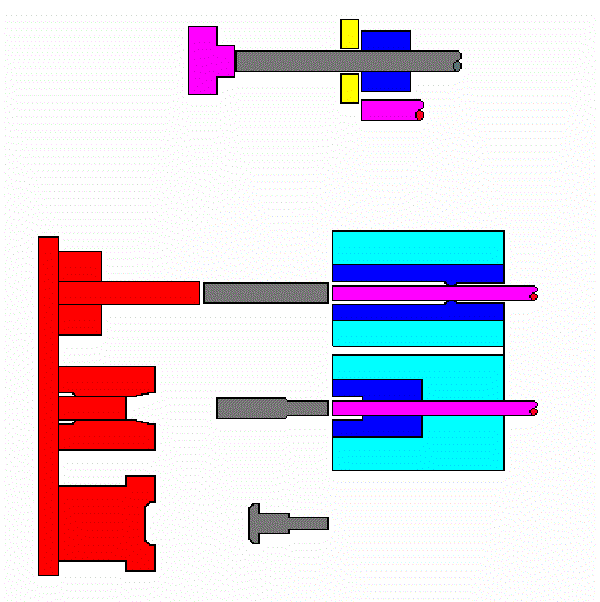
The cold heading process is one of the new processes for cutting non-cutting metal pressure. It is a processing method that uses the plastic deformation of metal under the action of external forces, and uses the mold to redistribute and transfer the metal volume to form the required part or blank. The cold heading process is best used to produce standard fasteners such as bolts, screws, nuts, rivets, and pins. The equipment commonly used in the cold heading process is a special cold heading machine. If the production is not too large, you can also use a crank press or friction press instead.
The cold heading process is widely used in machinery manufacturing, especially in the production of standard fasteners due to its high productivity, good product quality, and greatly reduced material consumption, lowered production costs, and improved labor conditions. The most representative products produced by multi-station cold heading machines are bolts, screws and nuts.
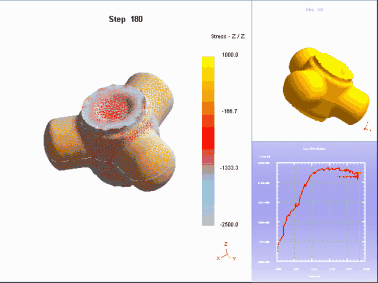
Advantages of cold heading
(1) Cold upsetting is performed under normal temperature conditions. Cold heading can improve the mechanical properties of metal parts. After cold heading, the tensile strength is increased by about 10% compared to cutting, and some can be increased by 20%. This is because the metal fibers of the cold heading processed product will not be cut, the internal structure of the metal will be compacted, and the presence of work hardening will improve the mechanical properties of the metal.
(2) The cold heading process can improve material utilization. Take cold heading bolts as an example, the new process "cavity" hexagon head bolts, the material utilization rate can reach more than 99%. Except for the loss of material head and tail, completely cutting-free machining is achieved. With cutting, the material utilization is only 40%. The material utilization ratio of cold heading nuts can also reach about 80%, while the machining efficiency of cutting nuts is only 54%.
(3) The cold heading process can greatly increase productivity. For example, compared with the original cutting process, the cold heading nut has a productivity increase of about 25 to 30 times.
(4) Due to the use of a multi-station cold heading machine, each process can be processed on a single machine at the same time, thereby reducing equipment investment, reducing the production space occupied by the equipment, and reducing semi-finished products between processes. The transport, in particular, reduces the labor intensity of workers and improves working conditions.
(5) The cold heading process can improve the surface finish of the product and ensure the accuracy of the product. For mass production of bolts, nuts, etc., its accuracy can be guaranteed.
Are cold heading and cold extrusion the same thing? What's the difference
Cold pier and cold extrusion are basically deformed under the same conditions, but the operation methods are different. Cold pier belongs to the forging deformation of smaller workpieces and is often used in the fastener industry. Cold extrusion belongs to the extrusion deformation of larger workpieces and has a wide range of uses. Cold heading is equivalent to a branch of cold extrusion. In simple terms, in the process of making bolts, the hexagonal head forming is cold heading, and the rod is shrunk. The diameter is cold extrusion (positive extrusion). Non-cut edge hexagon flange bolts (multi-station forming) have both cold heading and cold extrusion.The hexagonal nut is shaped only by cold heading before forming, and the extrusion of the back process is cold extrusion (positive). Back squeeze).

